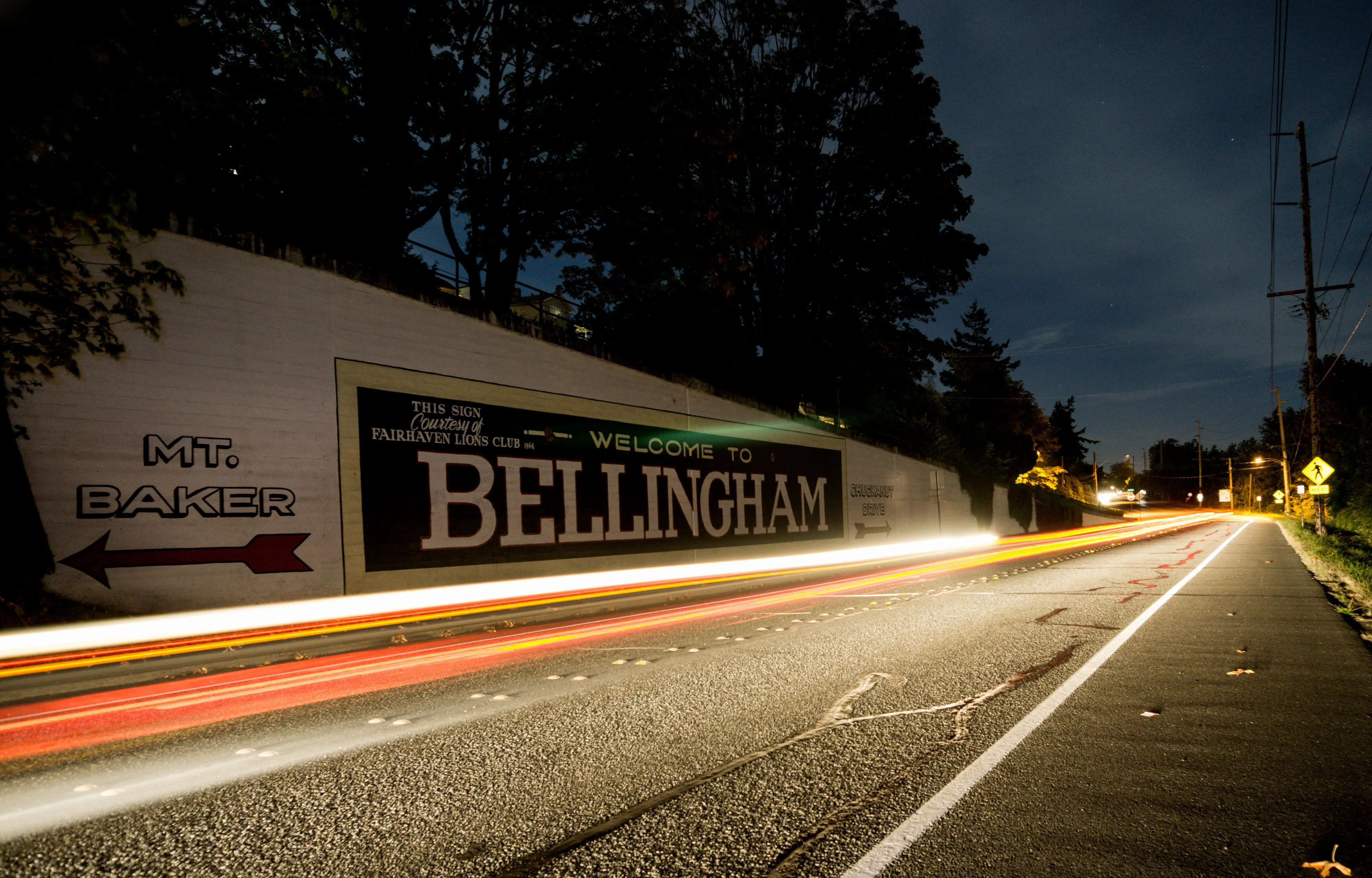Memorable communities have a uniqueness that separates them from the
cookie-cutter collection of spaces that characterize much of modern America.
These unmemorable places are the areas you drive through in order to get to
the place you really want to go. They are never the place that folks take
you to when you visit them. Although these spaces might be convenient, their
lack of authenticity makes them forgettable.
In comparison, Bellingham is blessed in that it has neighborhoods and
commercial areas that are both unique and efficient. Moreover, these areas
are situated in a spectacular natural setting and are interconnected with a
green necklace of parks and trails.
The art of planning is to preserve, in the face of change, those special
qualities that contribute to a community's unique sense of place. The art of
the planner is to find ways to engage the community in a meaningful
discussion about the choices that will need to be made to preserve and
enhance what is special while still meeting State Growth Management Act
requirements to plan for growth.
As a planner, I believe that no one knows a community as well the people who
live and work there. The key is to identify the important questions that
need to be answered by the community, collect the essential information
necessary to answer those questions, and facilitate a fair discussion that
leads to a conclusion. This is often easier said than done.
How do we plan for the future?
As your Planning and Community Development Director, my role (and the role
of our department) is to provide structure to the discussion, facilitate the
process, provide analysis and information, and make recommendations based on
our technical expertise. However, it is the role of the community through
their elected representatives, after careful consideration of public comment
and a review of the record, to make the best decisions for Bellingham's
future.
These decisions are summarized in the
City's Comprehensive Plan. Similar to a business plan, a comprehensive
plan provides the framework for how our community will grow. Also like a
business plan, it evolves over time to reflect changing priorities and adapt
to current and future challenges. The state Growth Management Act (GMA)
requires counties and cities to conduct periodic updates of their
comprehensive plan and development regulations. This mandatory periodic
update takes place for most communities at least once every 8 years. In
Bellingham's case, we are required to update our plan by June 2016.
How much do we need to update?
The GMA identifies a number of specific items that must be reviewed as part
of this update:
- Amendments to the GMA. The City will need to update
the plan to reflect any changes to GMA regulations that have occurred
since the adoption of the plan. Technical review has indicated that the
current plan is largely compliant in this area. - Urban Growth Area (UGA) and Population Projections.
UGAs are those areas where urban-style growth is allowed. Since the plan
was adopted, the growth rate for Bellingham and Whatcom County has
changed. The City will need to ensure that it is able to accommodate
anticipated growth for the next 20 years. This may mean increasing
allowed densities in some areas, expanding the size of the City's UGA,
or both. - Review the Critical Area Ordinance (CAO) to ensure that it
uses “best available science.” GMA requires that best available
science be included in developing regulations to protect critical area
functions and values. Technical review has preliminarily indicated that
the City is largely in compliance with this requirement. However, the
City will be seeking outside review of this preliminary conclusion
before proceeding further.
What are likely to be the key challenges we will face in the update?
It is likely that determining how we grow will be the central issue for
this update. Acknowledging this, when developing recommendations for
accommodating future growth, the City will focus on opportunities to
accommodate urban densities within the current City and Urban Growth Area
and evaluate them against the following considerations:
- Character constraints: In many cases, existing development
patterns are successful and at acceptable urban densities. Increased
density may not be appropriate for all areas of the City. - The appropriate mix of single-family and multi-family units.
- Difficultly in providing services associated with higher
densities to many portions of the City due to critical areas and other
constraints. - Urban Villages: Urban Villages are mixed use centers with both
residential and commercial uses. Several of the existing urban villages
will not reach their full build-out potential within the next 20 years.
As such, should plans for new urban villages be developed? - Challenge of UGA expansion: If the projected growth cannot
realistically be accommodated within the current City and UGA limits,
where might UGA expansion be appropriate? - Other considerations: Affordable housing; climate change; fuel
and energy prices; public health and equitable outcomes; livable
neighborhoods; the desire for multi-modal, mixed use communities;
protection of natural resources and open spaces; demographic shifts
(e.g. older, more diverse, and smaller households); economic shifts; and
the cost of public infrastructure and services.
Next steps involve you
Planning staff will continue to assess what can reasonably be
accommodated in the 20-year planning horizon within the current City and
UGA. Once preliminary analysis is developed, the next step is to share this
information with the community and develop strategies and options to address
growth that cannot currently be accommodated within the City and the current
UGA boundaries. We anticipate this to be a lively discussion! With the help
of the community, we can craft an approach that maintains and enhances the
qualities that make Bellingham special.
Rick Sepler is Bellingham’s new Planning and Community Development
Director. Prior to joining the City, for the past 8 years he was the
Community Services Director for Port Townsend. He is also an Affiliate
Faculty member of the Department of Urban Design and Planning at the
University of Washington.

